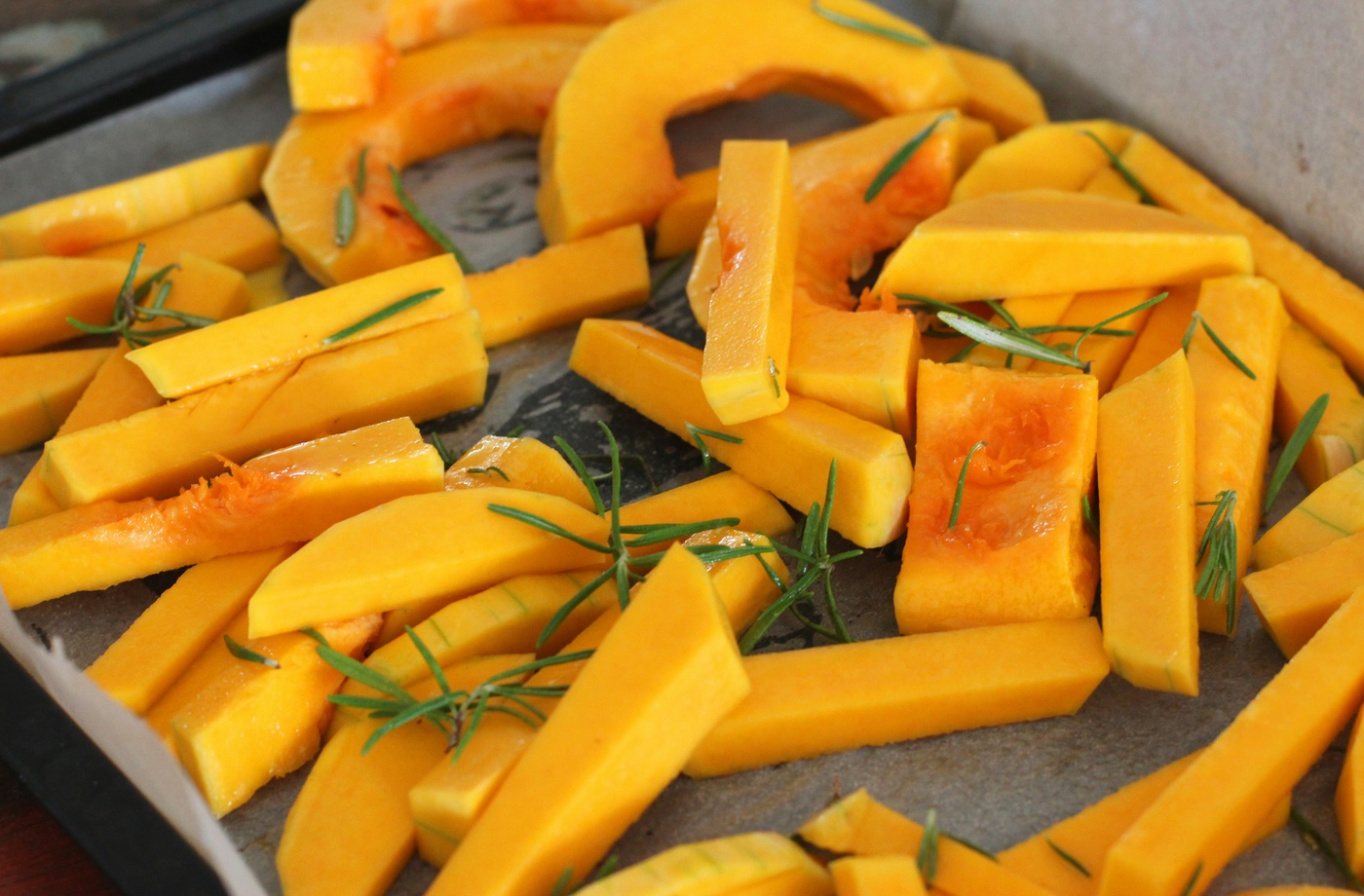Eating with the seasons isn’t just a culinary trend—it’s a smarter, more sustainable way to shop. When you buy produce that’s in season, you’re getting fruits and vegetables at their nutritional peak, typically with better flavor, lower prices, and a smaller carbon footprint. This monthly produce guide will help you make better decisions at the grocery store or farmers market, whether you’re meal planning or just browsing for healthy inspiration.
Why seasonal produce matters
Seasonal fruits and vegetables are often harvested at their peak and transported shorter distances. That means fewer preservatives, less environmental impact, and richer taste and texture. They’re also typically more affordable due to increased supply and lower storage or shipping costs. Buying seasonally also supports local farms and reduces dependence on imported produce.
Where to check what’s in season
The easiest way to stay updated is by using resources like the USDA Seasonal Produce Guide, which provides a month-by-month overview of common U.S. crops. Another great tool is the Seasonal Food Guide, which allows you to search by state and month for hyper-local recommendations.
Sample in-season picks (May)
Here’s a snapshot of what’s in season across many parts of the U.S. during May:
- Asparagus – High in fiber and antioxidants, perfect roasted or grilled.
- Strawberries – Naturally sweet and vitamin C-rich; great for snacking or smoothies.
- Peas – Crisp and sweet, ideal for tossing into salads or sautés.
- Radishes – Add crunch and spice to salads, tacos, and grain bowls.
- Lettuce varieties – Leafy greens like romaine, butterhead, and green leaf are fresh and abundant.
- Cherries – Short season, but packed with flavor and nutrients.
- Beets – Earthy, sweet, and loaded with potassium and fiber.
Keep in mind that seasonality can shift depending on your region’s climate. In warmer states like California or Florida, stone fruits like peaches and apricots may already be appearing. Meanwhile, in cooler areas, root vegetables may still be prevalent early in the month.
How to shop smart with seasonal produce
- Visit farmers markets – Direct access to local, in-season fruits and vegetables. Use LocalHarvest to find a farmers market near you.
- Look for sales on seasonal items – Grocery chains often promote in-season produce with weekly deals.
- Buy in bulk and preserve – If strawberries or herbs are cheap and fresh, freeze or dry them for later use.
- Use produce-centric meal planning – Let seasonal picks guide your dinners. A bunch of in-season asparagus can inspire pasta, stir-fry, or frittata ideas.
Final thoughts
Eating seasonally is one of the easiest ways to align your grocery shopping with better health, better flavor, and better savings. With a little planning and awareness, you’ll start to notice fresher meals and a fresher approach to your food routine. Use tools like the USDA guide or Seasonal Food Guide to make the most of what each month has to offer.



